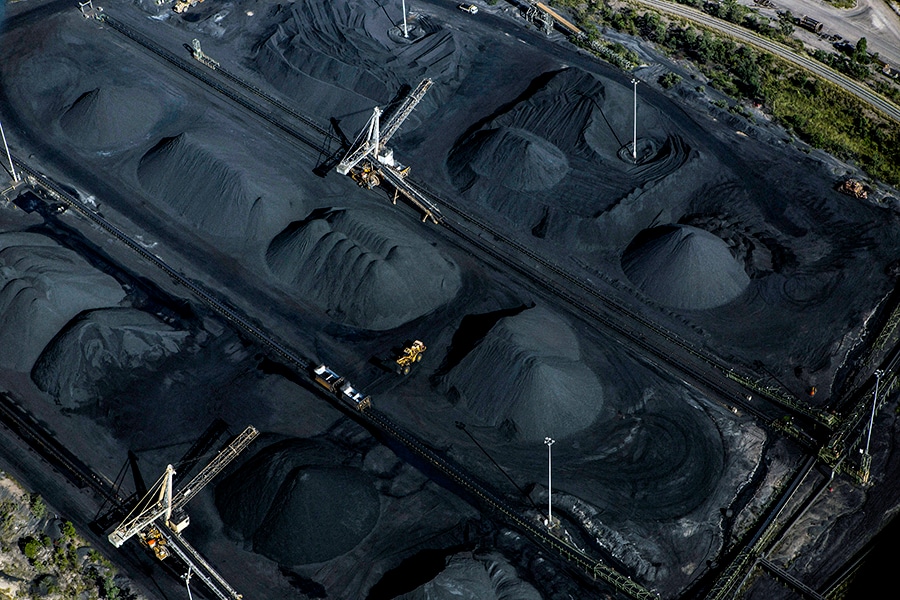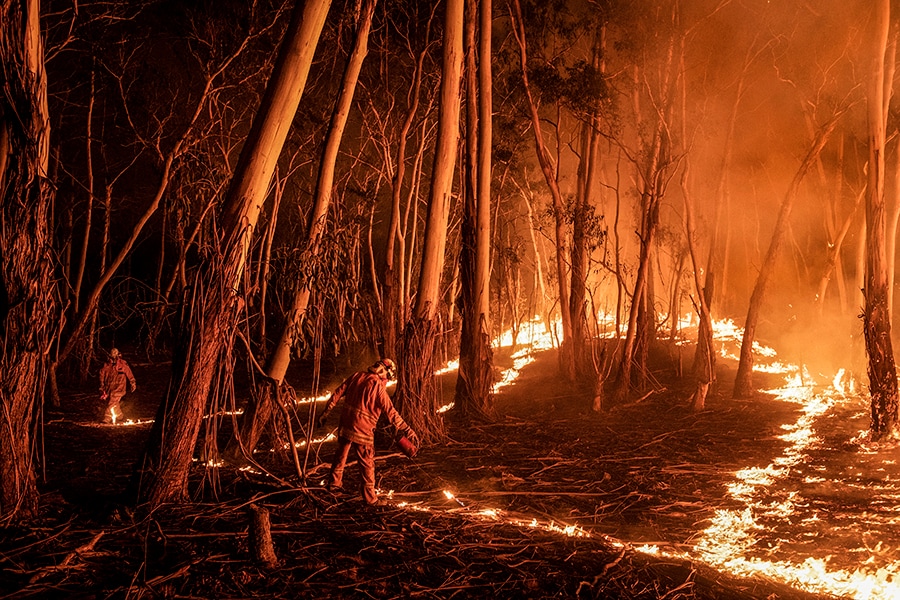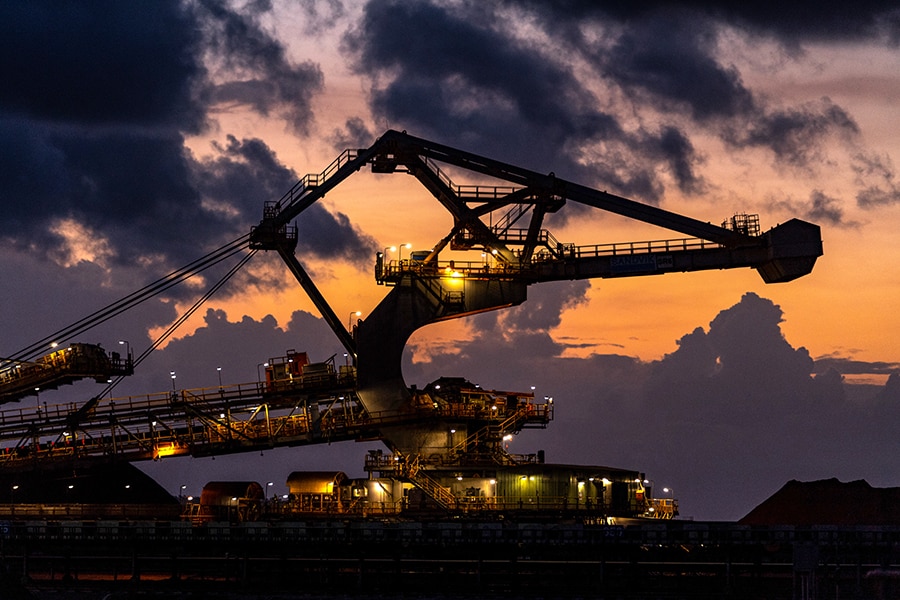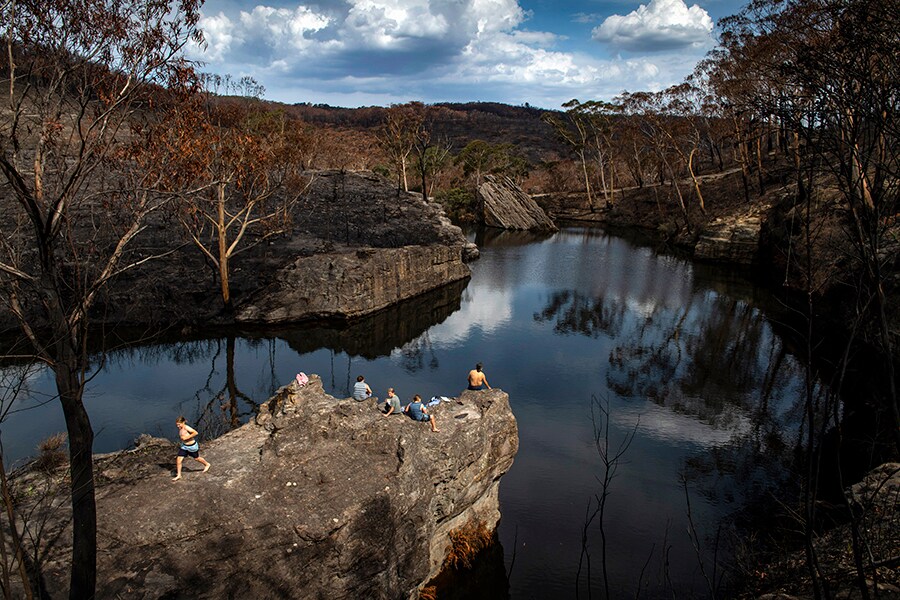
In Australia, it's 'long live king coal'
With just days to go before a major UN climate conference in Scotland, Australia is one of the last holdouts among developed nations in committing to net zero emissions by 2050, and it has refused to strengthen its 2030 target or make plans for transitioning away from its deep investment in fossil fuel production
 The Collinsville coal mine in Queensland, Australia, on July 5, 2017. The country is the world’s largest coal exporter.
The Collinsville coal mine in Queensland, Australia, on July 5, 2017. The country is the world’s largest coal exporter.
Image: David Maurice Smith/The New York Times
At a time when climate change and those who fight it demand that coal be treated like tobacco, as a danger everywhere it is burned, Australia is increasingly seen as the guy at the end of the bar selling cheap cigarettes and promising to bring more tomorrow.
Along with koalas, kangaroos and beaches, the country—the world’s third-largest exporter of fossil fuels—is becoming known for refusing to clean up its act.
With just days to go before a major U.N. climate conference in Scotland, Australia is one of the last holdouts among developed nations in committing to net zero emissions by 2050, and it has refused to strengthen its 2030 target or make plans for transitioning away from its deep investment in fossil fuel production.
The country’s prime minister, Scott Morrison, only recently agreed to attend the climate summit after criticism from Queen Elizabeth II and a crowdfunded billboard in Times Square that mocked his reluctance to address climate change, calling him “Coal-o-phile Dundee.”
©2019 New York Times News Service










